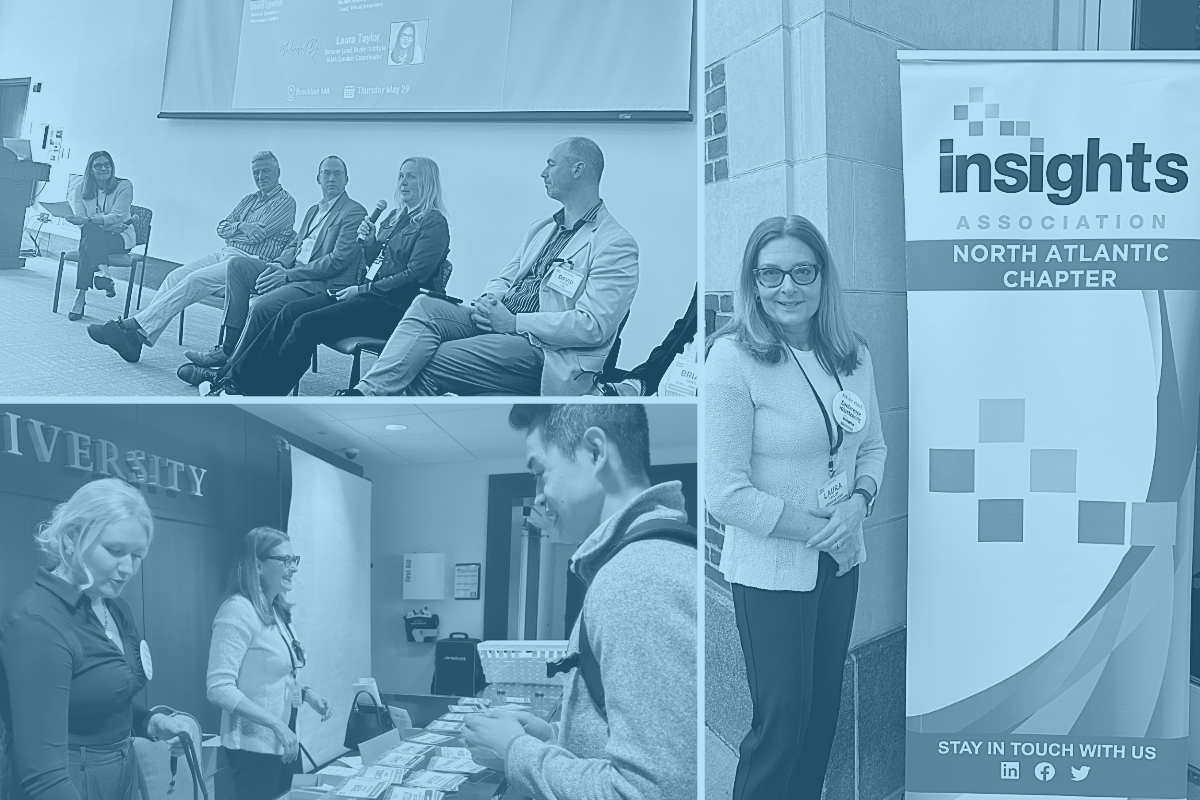
What Keeps Your CEO Up at Night?
by Bill Barnes
In my time on the client side, I was fortunate enough to be part of a Best in Class Customer Experience Benchmark Group. It was called CATCSE (Competitive Advantage Through Customer Satisfaction Excellence) and included firms such as IBM, Harley-Davidson, and USAA. Our group typically met three times a year and discussed the best practices for executing Customer Experience programs and we would invite the hosting company CEO for an hour discussion on CX issues.
One of the questions we asked every CEO was: What about your business keeps you up at night? My team and I wanted to better understand what these CEOs lost sleep over and think through how a Best in Class CX program could help reduce that tension. We discussed specifics as a group with each CEO and developed recommended solutions based on utilizing the voice of the customer. Throughout these discussions, the CEOs would pose questions to the group. After all these years, I still carry a few of those thoughts with me in my career.
Q: “Our customers have a choice on who to buy from and I am convinced that they will always seek the company that best meets their specific value proposition. What I worry about is how our company stacks up in the market compared to the other choices the customer has. How do I get a clean perspective of that, and further understand if our improvement efforts are at a pace equal to, above, or below the rate of improvement of our competition?”
![]() Enable a yearly CX benchmark market study of key competitors, utilizing market sample data to validate competitive performance. If executed properly, the competitive position cannot only be quantified, but gaps can be measured over time to determine your organization’s rate of improvement vs. competitors’ rates. The reality is that some touchpoints might be well behind competition, some equal, and some ahead. Understanding competitive CX performance can provide strategic insight of where to focus improvement efforts.
Enable a yearly CX benchmark market study of key competitors, utilizing market sample data to validate competitive performance. If executed properly, the competitive position cannot only be quantified, but gaps can be measured over time to determine your organization’s rate of improvement vs. competitors’ rates. The reality is that some touchpoints might be well behind competition, some equal, and some ahead. Understanding competitive CX performance can provide strategic insight of where to focus improvement efforts.
Q: “How can I make a data-based decision on funding the functional organization’s budget increase requests? Every functional organization comes into the budgeting process with the perspective that they are the most important function in the company. All have great ideas on how budget expansions and/or adding staff should be justified to grow revenue. How can I prioritize these based on the customer experience that we deliver?”
![]() A well-executed key driver analysis that is hardwired back to functions and work processes can help show which areas need the most improvement and which can be maintained. This can provide insight on where additional funding should be prioritized. Unfortunately, CX today has moved away from studies that define the overall relationship to those that measure individual touchpoints. However, all touchpoints are not equal in customers’ eyes. Organizations need to understand not only the frequency of poor touchpoint performance, but also the severity of that performance and its impact on the overall customer relationship.
A well-executed key driver analysis that is hardwired back to functions and work processes can help show which areas need the most improvement and which can be maintained. This can provide insight on where additional funding should be prioritized. Unfortunately, CX today has moved away from studies that define the overall relationship to those that measure individual touchpoints. However, all touchpoints are not equal in customers’ eyes. Organizations need to understand not only the frequency of poor touchpoint performance, but also the severity of that performance and its impact on the overall customer relationship.
Q: “When I evaluate a potential company to purchase, we can get financial data to see how profitable that organization is, and access how their product and service offerings may align with our company. However, I would like to know what is the strength of their customer relationships. What is their customer relationship equity? Will their customers stay with us after an acquisition, as maintaining all of that revenue stream is critical to justifying the purchase price?”
![]() A specific study should be conducted with the target company’s customer base. If done correctly, the study could quantify the value proposition the organization provides to the market and determine how different touchpoints, such as product quality, service, or sales, support it. As employee and process integration occurs after purchase, the acquisition company would have some additional insight on integration strategies going forward.
A specific study should be conducted with the target company’s customer base. If done correctly, the study could quantify the value proposition the organization provides to the market and determine how different touchpoints, such as product quality, service, or sales, support it. As employee and process integration occurs after purchase, the acquisition company would have some additional insight on integration strategies going forward.
These were just a few discussions from our CATCSE Benchmark meetings. They motivated me to truly understand how to install CX programs to create a competitive advantage, which has driven my guidance to my clients while at Burke. I encourage all CX practitioners to think more strategically about their CX programs, look beyond day-to-day transactional measurement, and innovate how programs can provide strategic data to help CEOs sleep better at night – and that is a good thing for everyone.

As Senior Vice President at Burke, Inc., Bill Barnes leverages an extensive background in customer experience to help clients design and implement successful CX programs. With a deep understanding of CX, Bill knows that in order to for a program to be successful, one needs to understand the internal cultural issues that inhibit improvement and measure customer centric culture, which is the foundation of this work.
Interested in reading more? Check out Bill’s other articles:
Overcoming Silos through Customer Centricity
As always, you can follow Burke, Inc. on our LinkedIn, Twitter, Facebook and Instagram pages.
Sources:
Feature Image – ©kerkezz – stock.adobe.com








